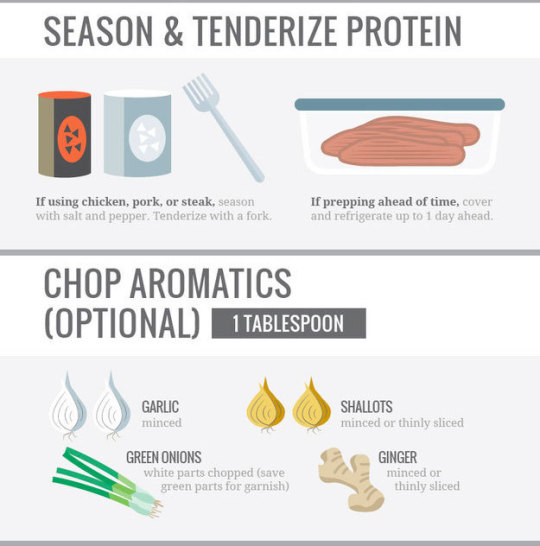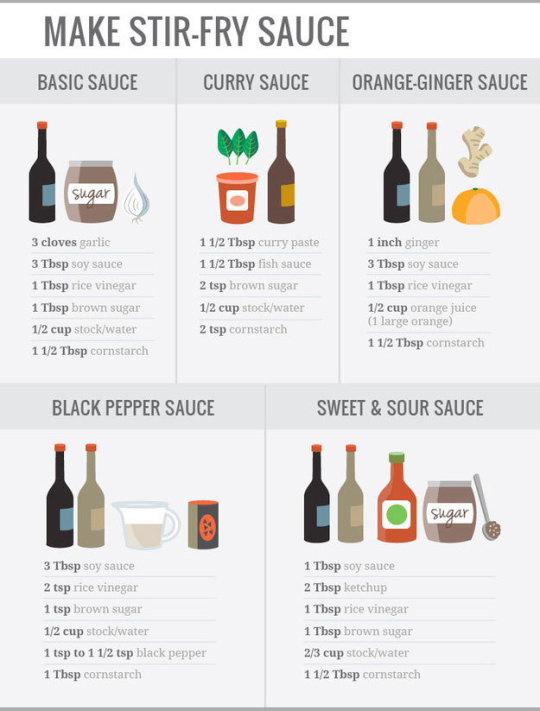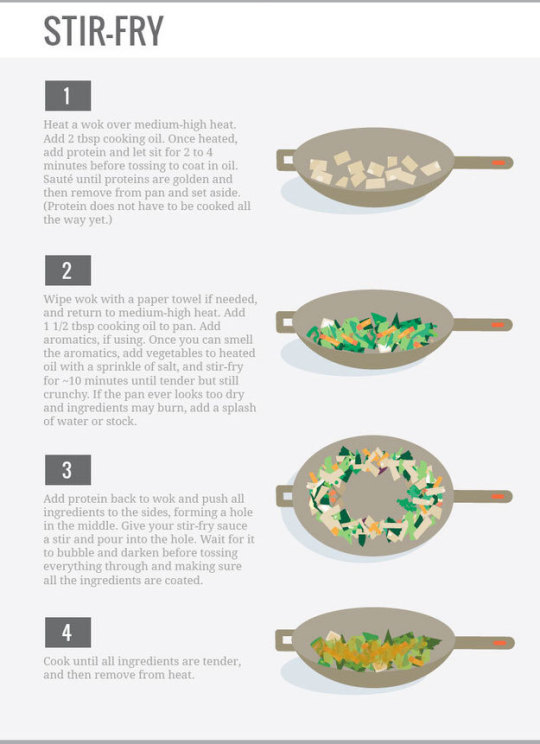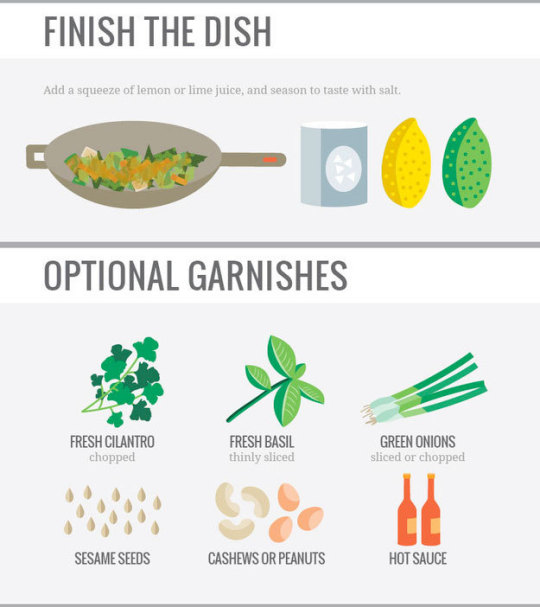Don't wanna be here? Send us removal request.
Text
As an autistic person I’m very confused by the idea that “making friends is easy if you put yourself out there”
How do you know who to even talk to?
I’ve had someone say “just go to the same places/groups and eventually you’ll meet someone” but like wtf does that even mean?
Do I just walk up to a person I notice a lot? Me knowing a person due to the fact that I see them often enough to remember their face is drastically different than a neurotypical talking with me apparently.
Idk if I’m just missing social cues or what but me just talking to someone about things I enjoy usually gets me a “this dude is weird” stare.
Mostly just angry at the fact that people say its easy when they don’t realize the mental gymnastics autistic people go through even talking to someone they’ve met before
12K notes
·
View notes
Text
15 Days of Deity Worship Challenge
Hey! Here’s a list of prompts for 15 days of worship for when you want to grow closer with a Deity! This is a sort of “Deity work boot camp” or “trial run” of being a devotee. That being said, in my view, Deity relationships tend to be a longer-term thing, so if you don’t know where to start, I think this list is a pretty good way of dipping your toes into the divine waters.
Obligatory disclaimer to respect closed practices and cultures. This really shouldn’t need to be said, but don’t take from a vulnerable minority if you yourself are not part of that minority. There are a variety of lists of closed Deities available here on Tumblr, so check one of those out if you’re unsure.
━◦○◦━◦○◦━◦○◦━◦○◦━◦○◦━◦○◦━
Day 1: Introduce yourself to your Deity, or if you’ve already been introduced, reaffirm your relationship with Them and why you work together
Day 2: Do a form of divination for some guidance from Them
Day 3: Offer a sacrifice (It doesn’t have to be “fancy,” it can be clean water, orange juice, honey, a meal, a small trinket, or an action; sky’s the limit!)
Day 4: Make a grimoire/BoS page/tumblr post about Them (taking care to be accurate and thorough with your sources, of course)
Day 5: Pick an epithet of Theirs and write a reflection on it
Day 6: Offer a sacrifice again
Day 7: Meditate with Them for at least 5 minutes, not seeking anything, just being in Their presence. If you can’t meditate, just spend some time musing about Them if possible
Day 8: Create art or a moodboard of Them
Day 9: Offer another sacrifice
Day 10: Do another divination session for guidance with Them
Day 11: Research Their symbols and if possible incorporate some into your style (jewelry, accessories, clothing, scents, etc.)
Day 12: Sacrifice day again!
Day 13: Journal about your experiences with the Deity so far
Day 14: Try your hand at writing a prayer/hymn to Them! If you’re musically inclined, even better!
Day 15: Set up an altar/shrine for Them if you feel you would like to continue this relationship; if not, politely talk to the Deity and thank Them for Their time and your experiences
━◦○◦━◦○◦━◦○◦━◦○◦━◦○◦━◦○◦━
I’d love to see what everyone’s up to! Use the tag #candordeitychallenge for your posts if you want!
1K notes
·
View notes
Text
Not to sound like a 90s shallow prep, but how you dress can affect your self esteem, and putting energy into wearing things you actively like and projecting an ideal of yourself through fashion instead of seeing clothes as things you have to put on out of obligation helps.
It also can give you a sense of control over your appearance that you otherwise wouldn’t have lmao
296K notes
·
View notes
Photo





“I lost… I lost Gwen. My… She was my MJ. I couldn’t save her. I’m never going to be able to forgive myself for that.” SPIDER-MAN: NO WAY HOME (2021) dir. Jon Watts
3K notes
·
View notes
Text
It’s okay to say ‘I don’t know’ to a question from a toddler. It’s also okay to find out the answer together. Stay Humble. 🤗
8 notes
·
View notes
Text
one of the more valuable things I’ve learned in life as a survivor of a mentally unstable parent is that it is likely that no one has thought through it as much as you have.
no, your friend probably has not noticed they cut you off four times in this conversation.
no, your brother didn’t realize his music was that loud while you were studying.
no, your bff or S.O. doesn’t remember that you’re on a tight deadline right now.
no, no one else is paying attention to the four power dynamics at play in your friend group right now.
a habit of abused kids, especially kids with unstable parents, is the tendency to notice every little detail. We magnify small nuances into major things, largely because small nuances quickly became breaking points for parents. Managing moods, reading the room, perceiving danger in the order of words, the shift of body weight….it’s all a natural outgrowth of trying to manage unstable parents from a young age.
Here’s the thing: most people don’t do that. I’m not saying everyone else is oblivious, I’m saying the over analysis of minor nuances is a habit of abuse.
I have a rule: I do not respond to subtext. This includes guilt tripping, silent treatments, passive aggressive behavior, etc. I see it. I notice it. I even sometimes have to analyze it and take a deep breath and CHOOSE not to respond. Because whether it’s really there or just me over-reading things that actually don’t mean anything, the habit of lending credence to the part of me that sees danger in the wrong shift of body weight…that’s toxic for me. And dangerous to my relationships.
The best thing I ever did for myself and my relationships was insist upon frank communication and a categorical denial of subtext. For some people this is a moral stance. For survivors of mentally unstable parents this is a requirement of recovery.
268K notes
·
View notes
Photo




Tom Holland about Chris Evans not being invited to do the Buzzfeed puppy interview
17K notes
·
View notes
Photo








Easily Paleo-ified with some tweaks to the stir-fry sauce.
Love healthy food & fitness? Follow Awesome Fitness Recipes on Instagram
217K notes
·
View notes
Text
“Someday your children are going to figure out who you are, just like you figured out who your parents are. Make sure you’re being the person they can be proud of when they figure it out.”
340 notes
·
View notes
Text
Zooming in to figure out how to accomplish this braid like 🤏🧐

632 notes
·
View notes
Text
Y'know, some people do have a strong crying response to stress, and they might cry (even against their own will) when faced with an upsetting situation and that doesnt mean they are "gaslighting" or "manipulating" you.
There are people who use crying as a manipulation tactic? Absolutely. But that doesn't mean that every person that cries during a heated argument is trying to get under your skin. They have their own emotions and issues, and frankly, not everything other people do is a personal attack on you.
158K notes
·
View notes
Text
“My daughter is fine” your daughter’s been listening to Surface Pressure from Encanto on repeat for 12 hours
2K notes
·
View notes
Text
Spell Jars: Small, Powerful, Personalized Magic
Historically, witch bottles were made and used as protection from magical attacks and evil spirits. Witches would fill a stoneware jug with the urine, nail clippings, and hair from the person needing protection. Later they were more commonly made with glass bottles and rosemary, needles, pins, and red wine were added.
Now, witch bottles and protection jars are still made and used frequently, but they also helped inspire the craft of spell charms.
When I first discovered spell charms, I was quite young. My mother’s friend had a tiny glass bottle on her vanity, it was maybe two inches high but caught my attention immediately.
Layers of herbs, flowers, and other ingredients, it was sealed with wax, but you could feel the energy emanating. I attempted to recreate this bottle with leaves, pine needles, and various herbs from the pantry, but none seemed to do the trick.
That was until I was older and realized that the magic I felt from that tiny charm had less to do with the pretty flowers and layers of herbs, but the energy and intent that was transfused into those ingredients.
Spell charms are easy to make, grab any book geared towards herbal magic or pop on to your favorite witchy-pedia website. You do not have to use miniature glass bottles, but I find that they’re sturdy, small, and the most aesthetically pleasing. What do you want this charm to do? Help with anxiety? Attract abundance? Find which herbs are most commonly associated with your intentions and desires.
Clear and focus your mind. As you pour each ingredient into the bottle, think of its properties. Imagine that you are pouring not just the item, but its intended purpose. If you have oils, you can anoint the bottom of the cork when the bottle is full, and you are ready to seal. There are many types of oils with numerous magical properties that can add some extra power to your charm.
As you push the cork in, imagine every ingredient and every intention. Now, grab your candles. Choose which candle represents your desires, and carefully seal your bottle with wax. Once the wax is dry, hold it in your hands and feel its energy.
You now have a whole lot of magic, in a tiny package, that you can take with you wherever you go ✨
45 notes
·
View notes
Text
Spell Jar of the Week

• Health & Wellness •
Health and wellness spell jars promote physical, emotional, and spiritual health. You can choose to focus on just one intention, all three mentioned, or more!
Step One - Grab your ingredients!
• Jar, bottle, any container that calls to you that you can “seal”
• Herbs! There are many herbs, flowers, and plants associated with health and wellness. My personal favorites are: chamomile, cinnamon, clove, lavender, and rosemary. Here are some others that are just as amazing:
Allspice
Fennel
Ginseng
Mint
Mugwort
Rose
Thyme
• Oil! I like to add a drop of oil either into my bottle, or onto the bottom of the cork before I seal. This is an optional step, but can add another element of magic to your spell jar. My favorite oils for good health are: bergamot, lavender, eucalyptus, and sandalwood.
• A candle! I like to seal my spell jars with wax, it gives you an opportunity to visualize your intention while adding another layer of magic. For health and wellness spells I almost always use blue or green candles, but if those aren’t available white can always be used as a substitute.
Step Two - Create your spell jar!
• Start to fill your jar/bottle with each herb. The amount of each is up to you! As you put each herb in, think of it’s magical properties. Imagine each intention, one on top of the other.
• Once your jar is full, grab your oil. You can add a drop or two in the jar, or you can anoint the bottom of the cork or lid.
• Now, grab your candle! Light it, close your eyes, and breathe. Focus your energy, then open your eyes and begin to seal your jar. Please be careful during this step, if you’re worried about getting wax on your fingers, place the jar down while sealing (just know that you will most likely make a little mess!)
• Once your wax is dry, you’re done! Hold your jar, visualize the magic inside, feel its power in your hands. So mote it be ✨
55 notes
·
View notes
Text
Spell Jar Sunday

• Love Thyself •
This “Love Thyself” spell jar is all about self-love. Harmony, contentment, peace, confidence, and love are just a few of the intentions we are setting while creating this spell jar.
Step One - Grab your ingredients!
• Jar, bottle, any container that calls to you that you can “seal”
• Herbs! There are many herbs, flowers, and plants associated with self-love. My personal favorites are: chamomile, cinnamon, lavender, rosemary, and rose petals. Here are some others that are just as amazing:
Basil
Cardamom
Clove
Coriander
Dill
Ginger
Marjoram
Thyme
• Oil! I like to add a drop of oil either into my bottle, or onto the bottom of the cork before I seal. This is an optional step, but can add another element of magic to your spell jar. My favorite oils for self-love are: bergamot, lavender, and rose.
• A candle! I like to seal my spell jars with wax, it gives you an opportunity to visualize your intention while adding another layer of magic. For self-love spells I almost always use pink candles, but if those aren’t available white can always be used as a substitute.
Step Two - Create your spell jar!
• Start to fill your jar/bottle with each herb. The amount of each is up to you! As you put each herb in, think of it’s magical properties. Imagine each intention, one on top of the other.
• Once your jar is full, grab your oil. You can add a drop or two in the jar, or you can anoint the bottom of the cork or lid.
• Now, grab your candle! Light it, close your eyes, and breathe. Focus your energy, then open your eyes and begin to seal your jar. Please be careful during this step, if you’re worried about getting wax on your fingers, place the jar down while sealing (just know that you will most likely make a little mess!)
• Once your wax is dry, you’re done! Hold your jar, visualize the magic inside, feel its power in your hands. So mote it be ✨
164 notes
·
View notes
Text
How to Cast Spells That Work

In her book Wicca for Beginners Thea Sabin says, “When you do a spell, you are telling the universe that you intend to bring about a certain change and you are putting the energy in motion to achieve that end.”
A spell is sort of an energetic shove to get things moving in the way you want them to, and we do this by creating a ritual to build and then release the energy to get things going.
Most spells are based on a principle called imitative magic.
In his book Backwoods Shamanism, Ray Hess says, “Imitative magic means that making a symbolic gesture, when combined with intent and will… can affect the intended change on a grander scale.” [Note: I don’t actually recommend this book, but I like Hess’s definition of imitative magic.]
So, for example, you may have heard of a “cord cutting” ritual, where you symbolically cut your spiritual ties to a person you no longer want to have a relationship with. You’re symbolically creating a separation between yourself and that person, which creates physical separation in real life.

There are four basic components to any spell: your will, your intention, focused energy, and a ritual action. Some magical traditions add extra steps, like casting a circle, but from what I’ve read and been taught, these four basic components are constant no matter which tradition you’re following.
Let’s start with the most important bit: your will. Your will isn’t just what you want: it’s the desire and drive that is in alignment with your highest good. But in this case we’re also talking about will in the sense of willpower — Basically, your will is your personal spiritual authority and the source of your magical power.
Any spell that is not in alignment with your will won’t work. This is why it’s important to be clear about what you want and why you want it before you attempt a spell.
There’s also an element of belief here. Because magic only works when your spells are in alignment with your will, if you don’t believe your spell can work, it won’t. This is because you, yourself are blocking it from working.
The second important component of a spell is your intention. When you do a spell, it’s important to clearly state what you want to happen. Some traditions will write the intention down on a piece of paper, which is called a petition. Other traditions will use a spoken statement of intention in the form of an incantation. Some witches use both.
You need to be clear about your intention before you begin your spell. Magic will always follow the path of least resistance, so it’s important to be specific. However, I find that magic works better when your intention leaves a little bit of wiggle room. It’s about finding that happy medium.
You also want to keep your petitions and incantations simple. If it’s more than a couple of sentences, you probably need to trim it down a little.
The next important part of a spell is focused energy. Magic is a way of directing energy, and this means that your own energy needs to be focused for it to work.
Don’t get too stressed out about focus. Your spell isn’t going to fail if your mind wanders for a few seconds. But you should set aside some time where you’ll be able to fully dedicate yourself to your spell. Try to find a private place where you won’t be interrupted. Turn off the TV, put your phone away, and try to avoid distractions. You might find that playing meditation music or burning incense helps you focus.
While you cast your spell, keep focusing on what it is you want to manifest. Again, don’t overthink this and don’t worry if your thoughts wander a little, but try to stay in the moment. Repeating your incantation can help with maintaining focus.
The last important part of a spell is your ritual action. This just means doing a specific set of things, in a specific order, with a specific intent behind them. If we go back to our definition of imitative magic, your ritual actions are symbolic of the change you want to manifest.
Your ritual actions do not have to be complex. A very common ritual for spells is anointing and lighting a candle. Making a charm or poppet is also popular. But any action can be a magical ritual if it is done with intent and focus, in alignment with your will. Making a cup of tea or coffee can be a ritual. Running a bath can be a ritual. Cooking food can be a ritual. The only limit is your imagination.
These four things are literally all you need to cast a spell. A spell doesn’t have to be complicated or include a bunch of crystals and herbs to work. You can do an effective spell with nothing but your own mind and body.
8K notes
·
View notes
